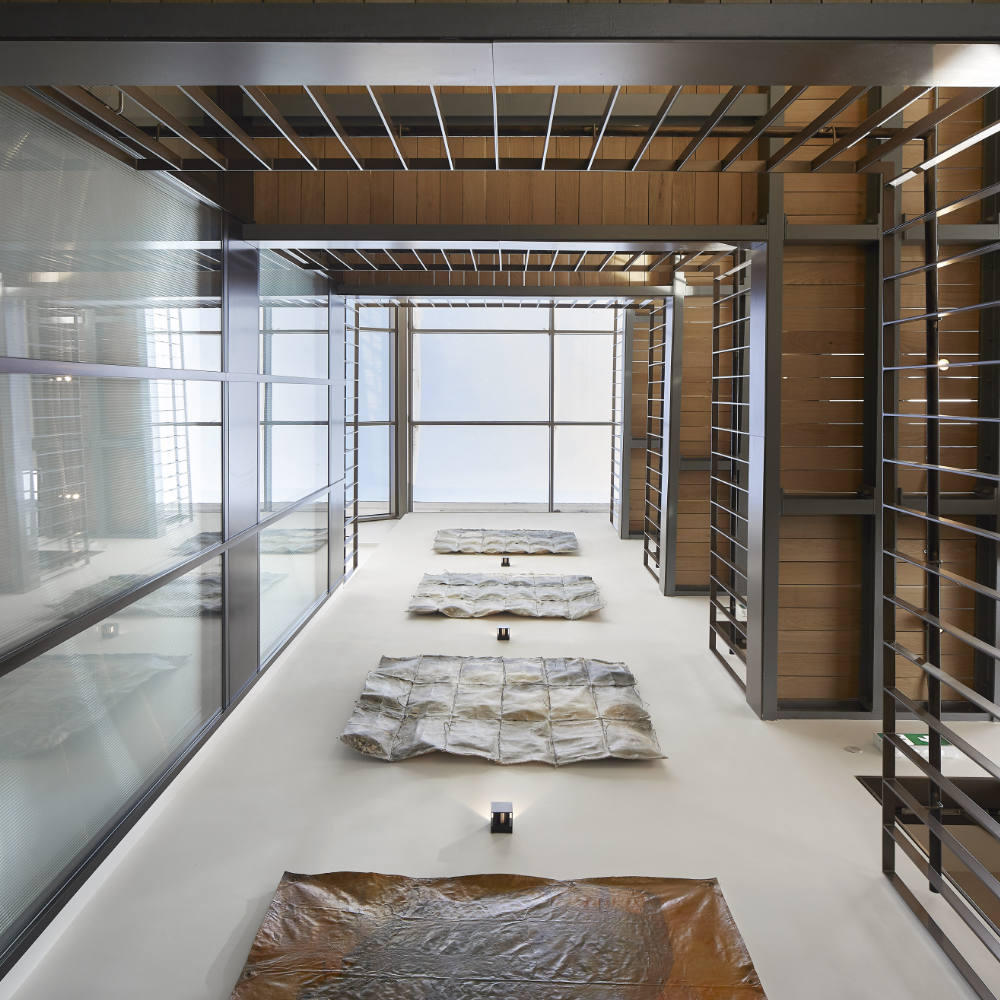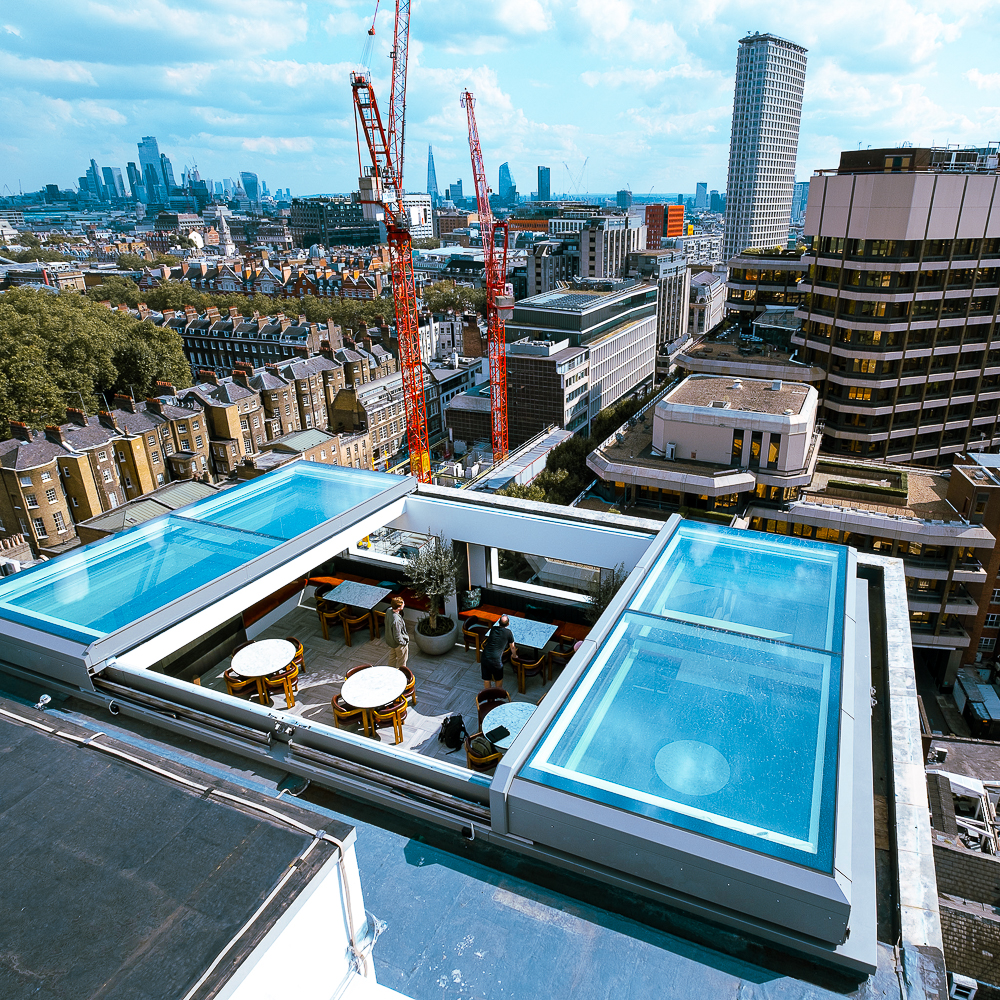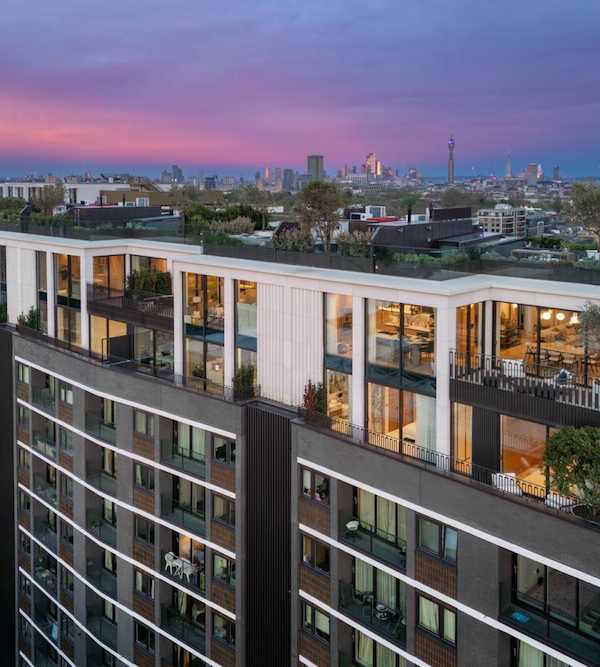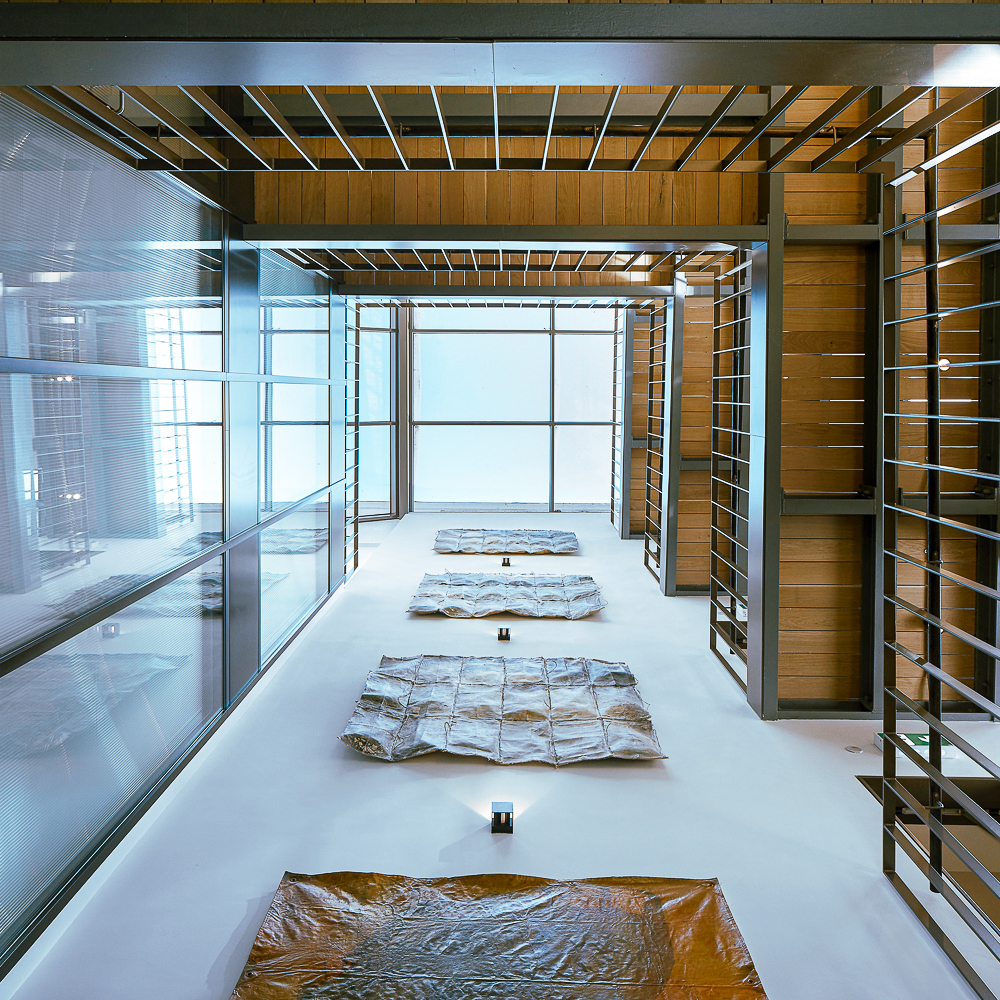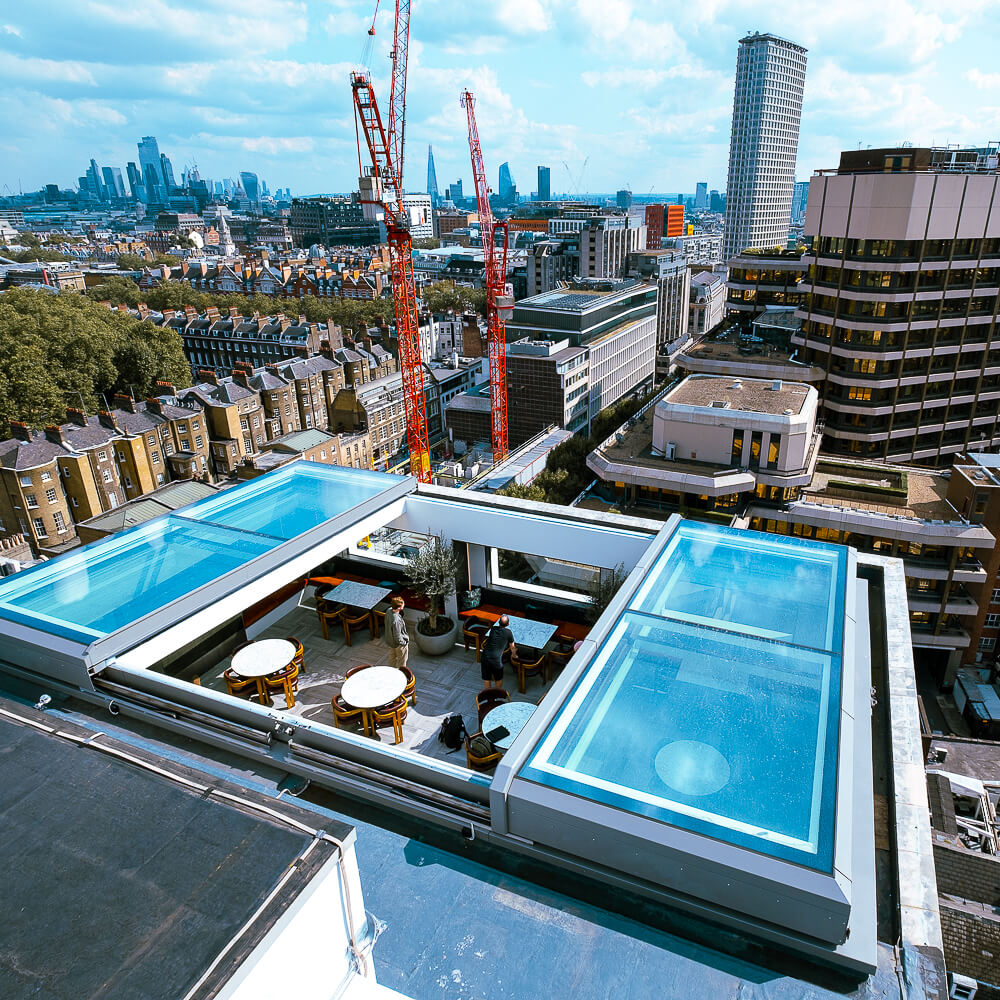Glass specifications: Understanding Rooflight Safety Classifications
When specifying rooflights for a project, you may come across glass specifications (classifications) like Class 0, 1, 2 and 3 —but what do they mean, and why are they important? Understanding these glass specifications ensures the safety of people both above and below the roof.
What Is CWCT and Why Does It Matter?

The Centre for Window and Cladding Technology (CWCT), based at Bath University, publishes industry guidance on weather resistance, fire safety, impact resistance, and glazing performance. While CWCT guidance is not legally binding, it is widely recognised in the construction industry as best practice for understanding glass specifications.
Building regulations, specifically Regulation 7, require that materials be “appropriate for the circumstances and fixed so as to perform the functions for which they are designed.” However, regulations can be vague, leading many professionals to follow CWCT classifications for rooflight safety and to ensure they meet the right glass specifications.
CWCT Rooflight Classifications (Glass Specifications) : Class 0 to Class 3
CWCT technical note TN 66 defines roof classifications, while TN 67 outlines testing procedures for various glass specifications. Each class corresponds to different levels of anticipated human interaction and impact resistance.
Non-Fragile (Walk-On Glass) is Class 0
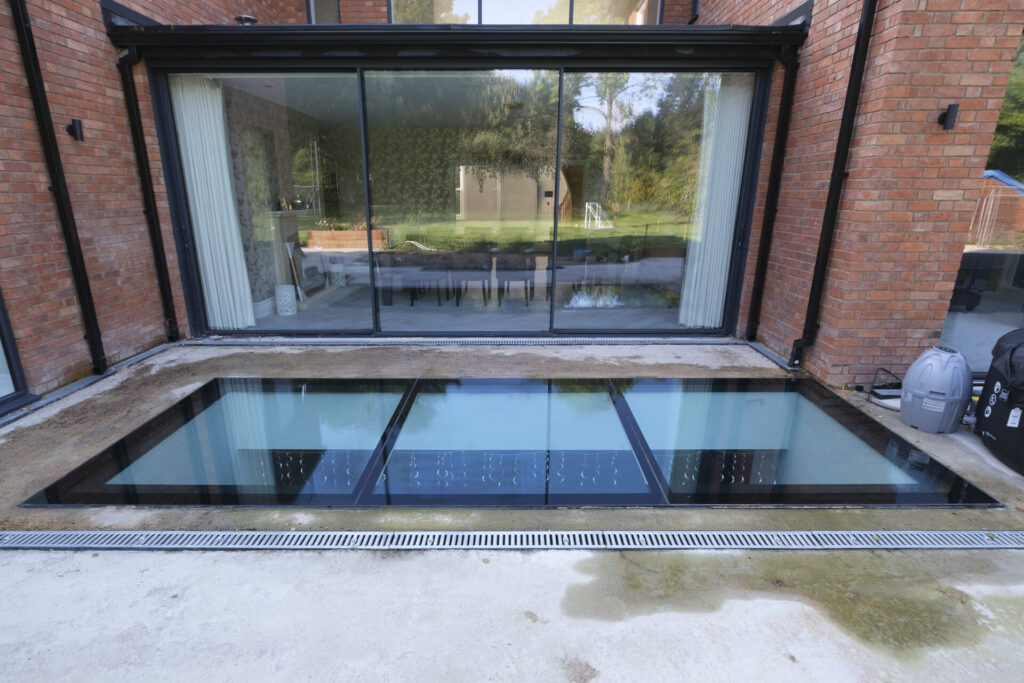
- Designed for public access
- Treated as a floor and must meet the same safety standards
- Required for areas like roof terraces and other public places where people will walk on the glass regularly
- Our Standard fixed rooflights are NOT suitable for this purpose; therefore a walk-on rooflight or glass floor is recommended
- Class 0 rooflights have various loadings based on where they are used. The required loadings are covered under BS EN 1991-1-1 2002
Non-Fragile (Occasional Maintenance Access) is Class 1
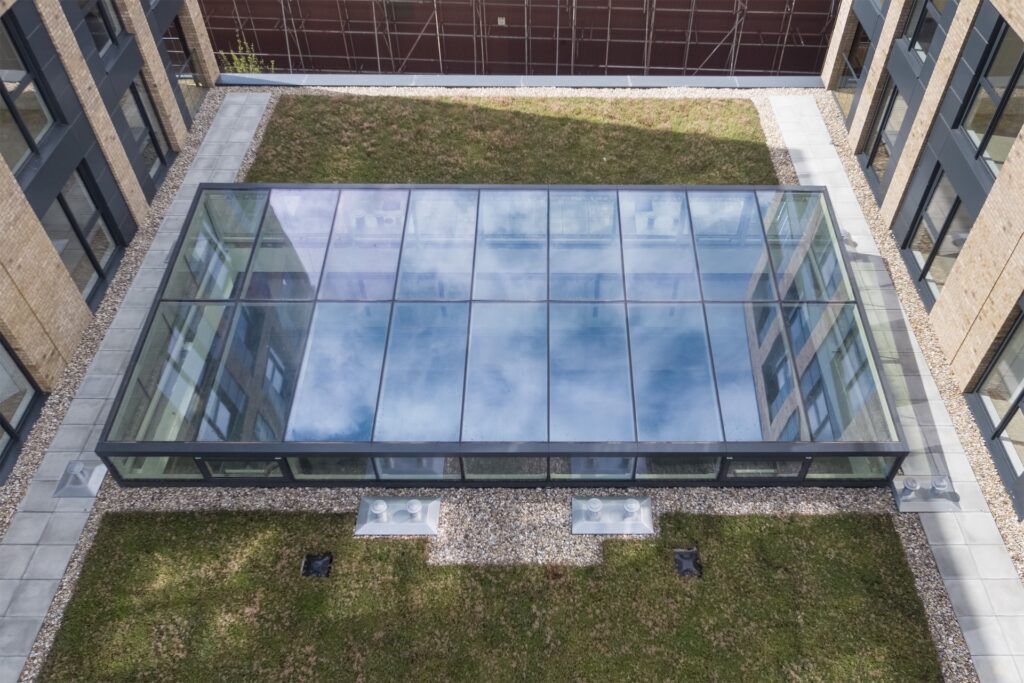
- If Rooflights need to be walked on occasionally for cleaning or maintenance
- Must support the weight of people and equipment as expected for their glass specifications.
- Designed to resist impact from someone falling or dropping tools onto the glass
Non-Fragile (Adjacent to Walking Areas) is Class 2

- Rooflights are not intended to be walked on
- Located near walkways where someone could trip and fall onto them
- Common for fixed and sliding rooflights installed on flat roofs, ensuring they meet class 2 glass specifications.
Fragile (Restricted Access) is Class 3
- No direct contact with the rooflight
- Positioned behind barriers, with cleaning performed using long-handled equipment
- More common in domestic applications, but being phased out in commercial settings
Fragile vs. Non-Fragile: What Does It Mean?

According to the Work at Height Regulations, a fragile surface is:
“A surface or assembly which would be liable to fail if any reasonably foreseeable loading were to be applied to it.”
This definition introduces some ambiguity—what counts as a “reasonably foreseeable” risk? If people need access to a roof for maintenance, cleaning, or other activities, it’s best to err on the side of safety by choosing a non-fragile rooflight classification based on the appropriate glass specifications.
Choosing the Right Rooflight Class (Glass Specification) for Your Project
When selecting rooflights, always consider the level of interaction they will have and the necessary glass specifications:
- Publicly accessible? → Use Class 0 (Walk-on glass)
- Maintenance access needed? → Use Class 1
- Near walkways but not walked on? → Use Class 2
- No access, behind barriers? → Use Class 3
For commercial projects following CWCT guidance & BS EN 1991-1-1 2002 and understanding the proper glass specifications can be confusing, professional advice is recommended and we are available to assist.
Need Help Specifying Rooflights?
If you’re unsure which classification applies to your project, contact us for expert advice on both commercial & residential glass specifications:
Call: 01223 79 22 44
Email: info@nextgenrooflights.co.uk
Alternatively get in touch with one of team of trusted advisors who specialise in helping architects and contractors specify the right rooflight solutions for both commercial and high-end residential projects.
Additional Resources
- CWCT-TN66 – Safety & Fragility of Glazed Roofing (Specification Guidance) https://www.cwct.co.uk/pages/specification
- The Work at Height Regulations 2005 – Available at www.legislation.gov.uk
- ACR (Advisory Committee for Roof Safety) Classifications (A, B & C) – Visit www.the-acr.org for more information
